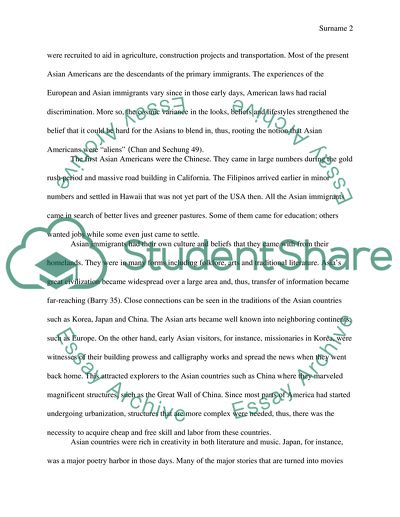Cite this document
(Asian-Americans: An Interpretive History Research Paper, n.d.)
Asian-Americans: An Interpretive History Research Paper. Retrieved from https://studentshare.org/history/1773135-asian-american-history
Asian-Americans: An Interpretive History Research Paper. Retrieved from https://studentshare.org/history/1773135-asian-american-history
(Asian-Americans: An Interpretive History Research Paper)
Asian-Americans: An Interpretive History Research Paper. https://studentshare.org/history/1773135-asian-american-history.
Asian-Americans: An Interpretive History Research Paper. https://studentshare.org/history/1773135-asian-american-history.
“Asian-Americans: An Interpretive History Research Paper”, n.d. https://studentshare.org/history/1773135-asian-american-history.


